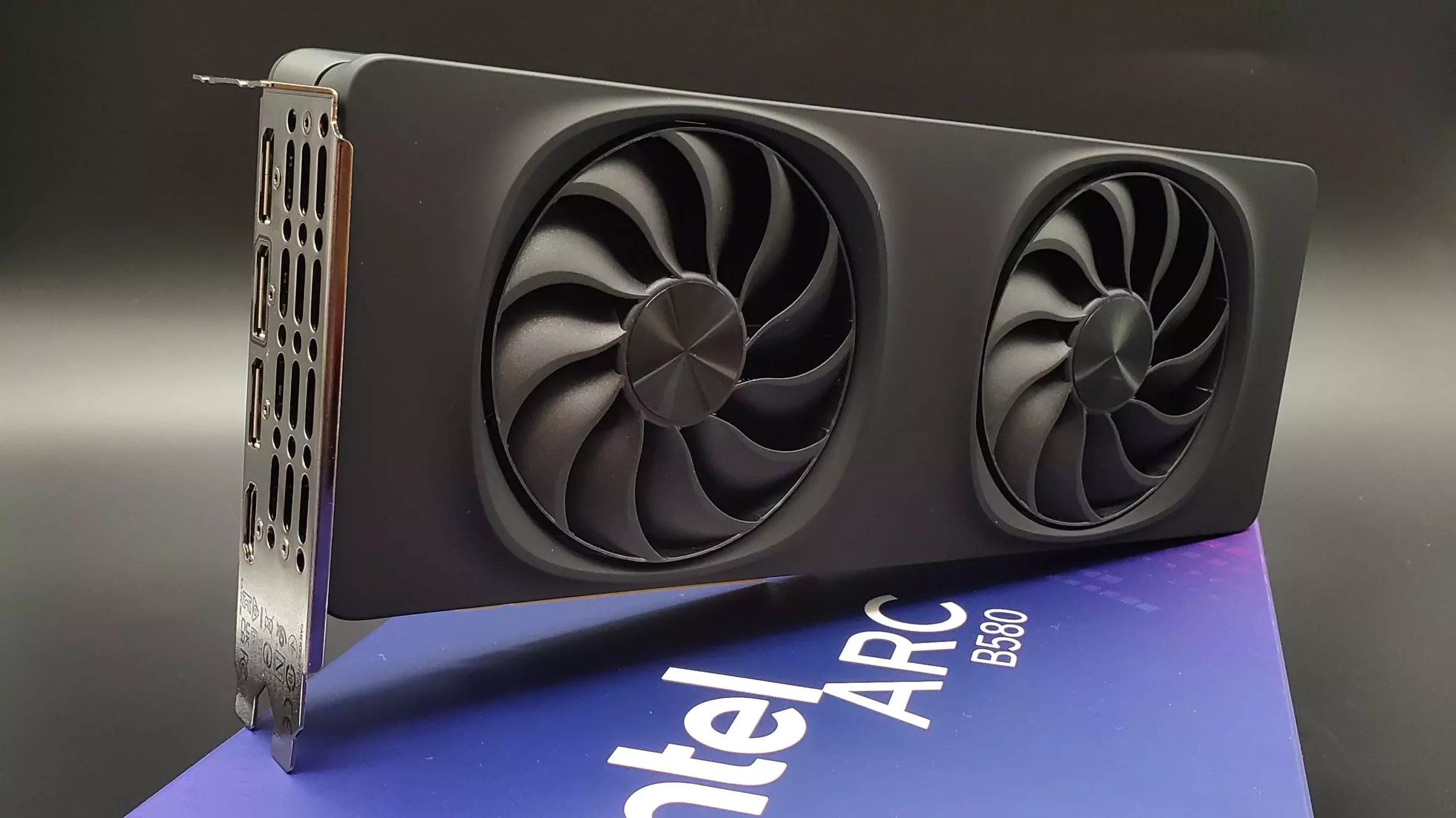As we approach one of the pivotal events in the tech calendar, Computex, excitement within the PC hardware community is at an all-time high. This annual expo serves as a launchpad for groundbreaking technology, particularly in the realm of graphics cards. Among the plethora of speculative buzz, one topic stands out: Intel’s potential revelation of the Arc B770 graphics card. While the anticipation is palpable, the implications of this card extend far beyond mere numbers and spec sheets; they could redefine entry-level gaming.
Teasing the Enthusiasts
Intel’s engagement with the community, particularly their coy responses to queries about the Arc B770, adds a layer of intrigue to the upcoming announcements. With comments ranging from urgent pleas for information to casual enthusiasm from gamers expressing their eagerness, Intel’s responses have done little to quell the speculation. Phrases like “stay tuned” have become a mantra for hopeful gamers. However, this playful back-and-forth invites criticism; it puts Intel in a position of responsibility. Are they genuinely working toward releasing a new entry-level king, or are they simply milking the excitement without any substantial news to deliver?
This sense of anticipation could easily morph into disappointment if Intel doesn’t come forth with concrete information. The GPU community has been burned before by companies promising innovation only to deliver underwhelming results. Thus, if we do not see the Arc B770 at Computex, it may become a case of excessive teasing. Intel must balance its marketing strategies and not allow excitement to overshadow the need for substantial product advancements.
The Technical Landscape: What We Know So Far
The technical specifications surrounding the Arc B770 hint at a card designed to challenge the established dominance of Nvidia and AMD in the entry-level to mid-range tier. Rumored to feature a BMG-G31 die that is purportedly 50% more powerful than the existing BMG-G21, the B770 is set to offer 32 Execution Units (EUs), an upgrade from the B580’s 20 EUs. This increase in capabilities opens the door for competitive performance against cards like Nvidia’s RTX 5060 Ti and AMD’s RX 9060 XT.
However, while these numbers are certainly impressive, history reminds us that specifications alone don’t guarantee success. The initial release of the Intel Arc A770 was mired with driver issues that left gamers frustrated and eager for more stable performance. Intel faces an uphill battle to convince skeptical consumers that they’ve learned from past mistakes. The stakes have never been higher as they gear up to launch what could be a game-changing GPU.
Competitive Landscape: The Race for Entry-Level Supremacy
As Computex approaches, we are also on the brink of witnessing potential announcements from competitors like AMD, with their RX 9060 XT set to debut, and Nvidia preparing to unveil the RTX 5060. This competitive landscape positions Intel in a rather precarious role. If the Arc B770 does hit the market alongside these rivals, it would not only need to stand tall in terms of specs but also in performance and driver reliability. The real question remains: can Intel deliver a card that not only competes on paper but also in real-world gaming scenarios?
The upcoming weeks could shift the dynamics within the GPU market dramatically. The need for affordable and capable GPUs is acutely felt among gamers, primarily as prices continue to fluctuate unpredictably. Intel’s entry into this competitive arena is not just a chance for them; it’s critical for the health of the market itself. Consumers are craving affordable options that don’t compromise on performance, and the B770 could be a vital piece in that puzzle.
Looking Beyond Speculation: What Gamers Really Desire
Gamers are well aware that the heart of gaming is the experience, not just tech specs. While technical prowess is essential, functionality and value drive real-world purchasing decisions. An entry-level GPU must deliver solid performance across a variety of gaming scenarios while being reasonably priced. This need accentuates Intel’s challenge: provide a compelling product that not only competes with its rivals but also resonates with gamers’ wallets.
In this fledgling stage of Intel’s GPU endeavors, it’s critical for the company to cultivate trust within the community. They can make strides by ensuring that any announcements regarding the Arc B770 are accompanied by genuine substance rather than mere hype. Whether they deliver on these promises will ultimately shape their reputation as a serious contender in the graphics card arena.
With Computex just around the corner, the question of whether Intel can solidify its place alongside established giants like Nvidia and AMD remains open. The wait will soon be over, but for now, the prospects of the Arc B770 ignites a flame of hope for many gamers seeking a bridge to more accessible and enjoyable gaming experiences.

